6. Different axial clearance and preloading methods.
Axial clearance is also a very important factor to consider when selecting lead screw, because the existence of clearance will lead to return error, which directly affects the accuracy of reverse operation. Ball screws are divided into different grades according to the gap. For example, THK is divided into G0(0 and preload), G1(0-0.005), GT(0-0.01), G2(0-0.02) and G3(0-0.05), and the axial clearance increases in turn. NSK is also divided into five grades, namely Z(0 and preload), T(0-0.005), S(0-0.02), N(0-0.05) and L(0-0.3). The values in brackets indicate the range of axial clearance in millimeters. For trapezoidal lead screw, Thomson shows that the axial clearance is between 0.02 mm and 0.25 mm. In order to eliminate the axial clearance between the nut and the screw shaft and improve the transmission accuracy, both ball screw and trapezoidal screw can increase the preload. However, the preloading methods are different. For example, THK and NSK ball screws use nut phase difference for a single nut, while for a double nut, they use pre-compression gaskets or spring plates for pre-compression. On the whole, the axial clearance is smaller for ball screws, and the preloading method is more for ball screws, because the current preloading methods for trapezoidal screws belong to constant pressure preloading method, while ball screws are two types: positioning preloading and constant pressure preloading.
7. Different calculation methods.
When calculating the ball screw, it is necessary to consider the basic conditions such as precision, speed and load required by the system. In which, constant speed torque: T1=(Ta+Tpmax+Tu)/i .. I= the number of teeth on the lead screw side N2/ the number of teeth on the motor side N1, indicating the reduction ratio. Generally, trapezoidal screw only needs a formula, T1=FP/2πη, because trapezoidal screw is suitable for low-speed applications, and there are no problems such as high-speed round trip and high acceleration and deceleration.
8. Structural design of nut decoupling.
When the lead screw is long, the nut is subjected to axial deflection torque or the nut is subjected to axial load, the lead screw shaft inclines or deforms along the radial direction, which may cause uneven stress, jam and vibration, which may lead to increased wear and affect the accuracy.
9. Differences in applications.
Trapezoidal screw is sliding friction, too high speed will produce high heat on the joint surface, which will lead to increased wear. Therefore, trapezoidal lead screw is suitable for applications with light weight and low speed requirement. At the same time, trapezoidal lead screw, because of its low precision, is often more suitable for applications that do not require high precision, such as slow transfer and handling. Ball screw, with low heat and high precision, is usually more suitable for applications requiring smooth motion, high efficiency, high precision and long-time continuous or high-speed motion, such as semiconductor equipment.
10. Example of calculation and selection of ball screw.
Finally, how to choose the ball screw according to the conditions of precision, speed, load and service life? “How to choose ball screw”, contact us and we will share it with you.

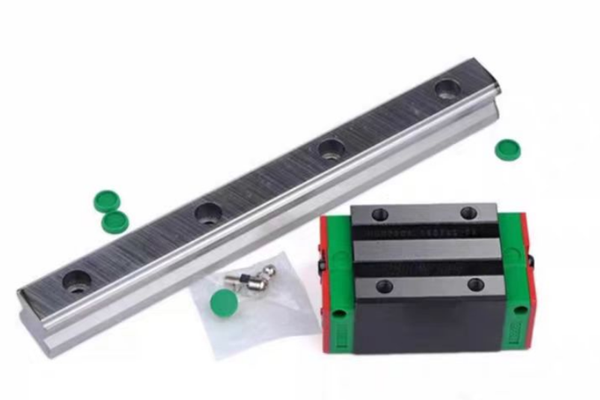
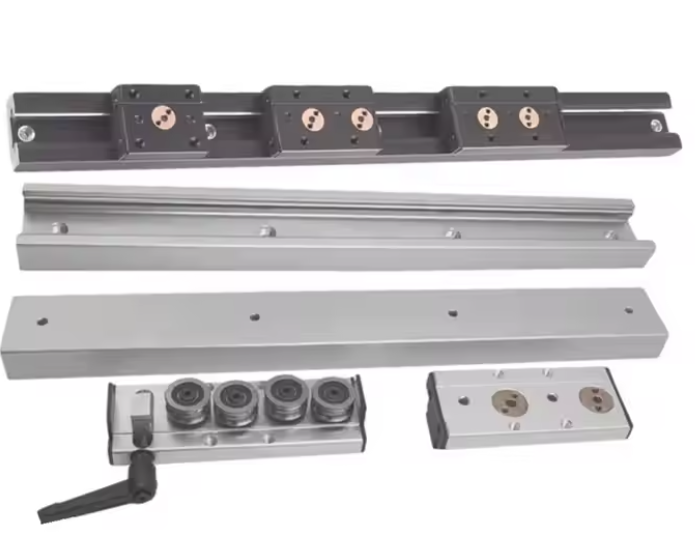
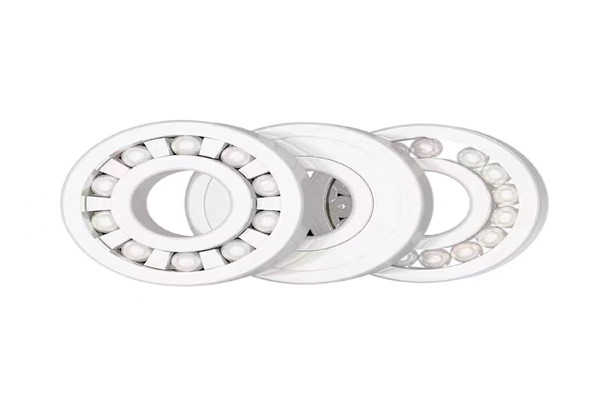
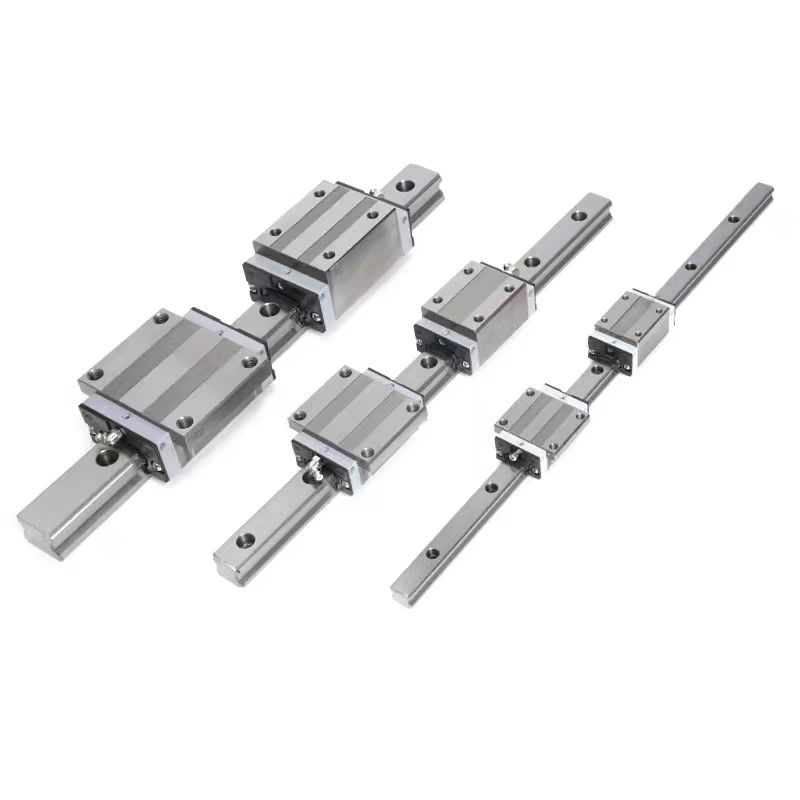
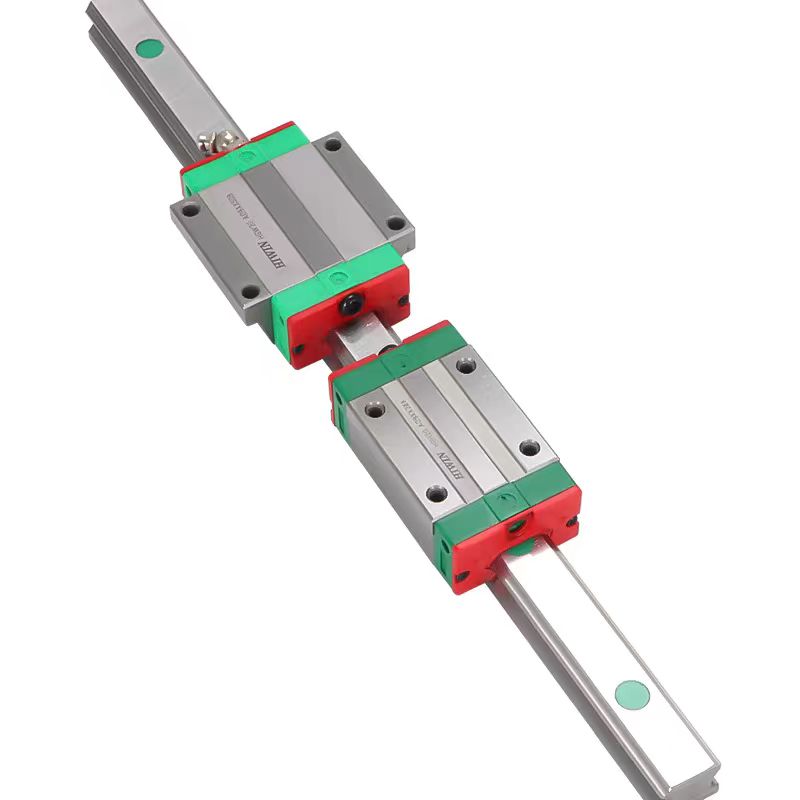
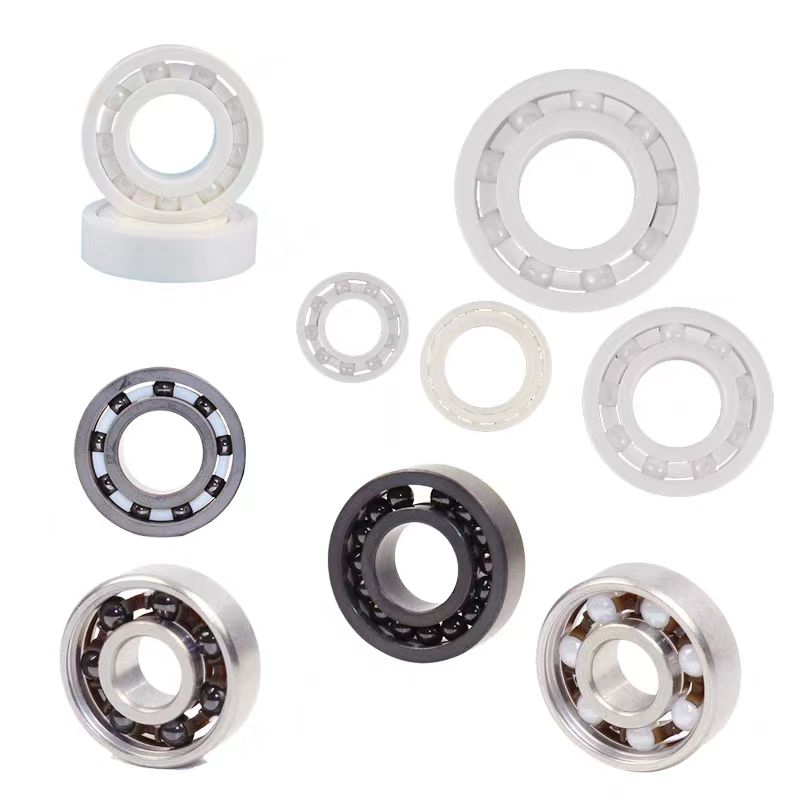
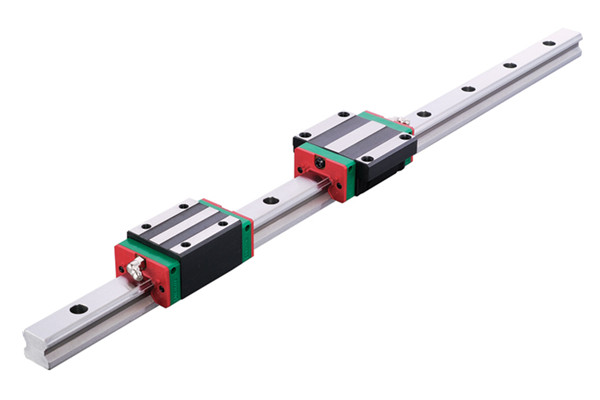

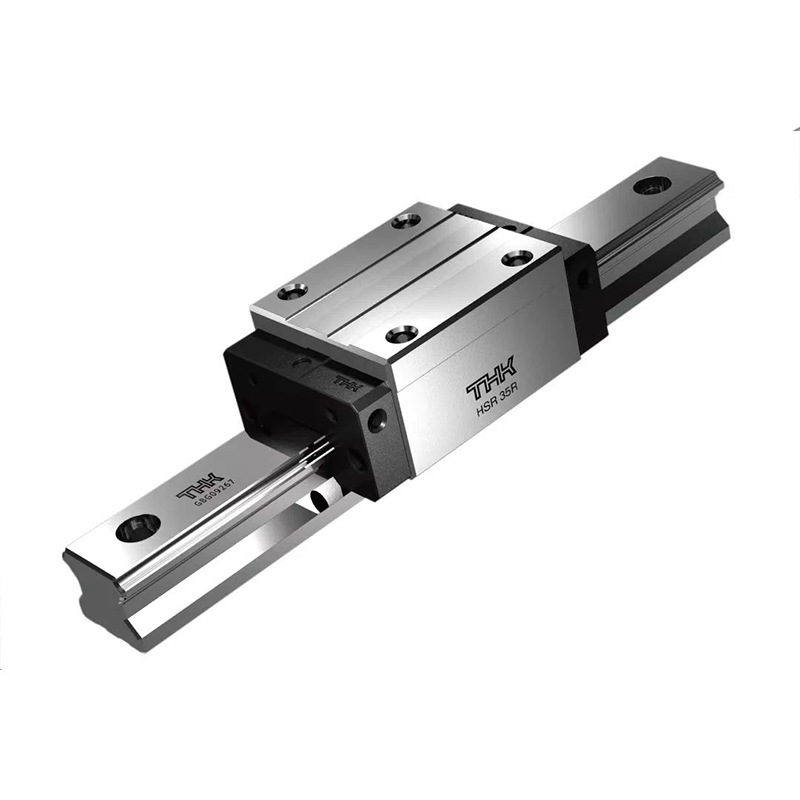
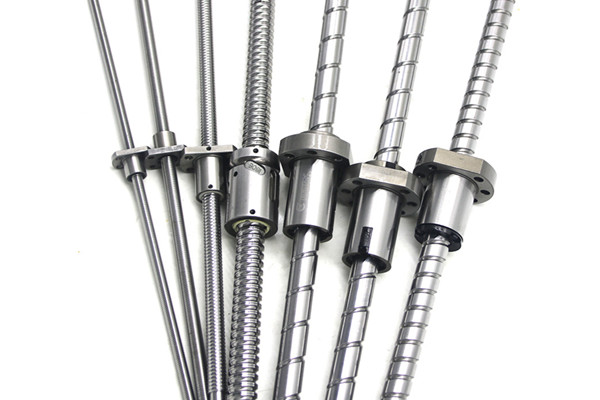
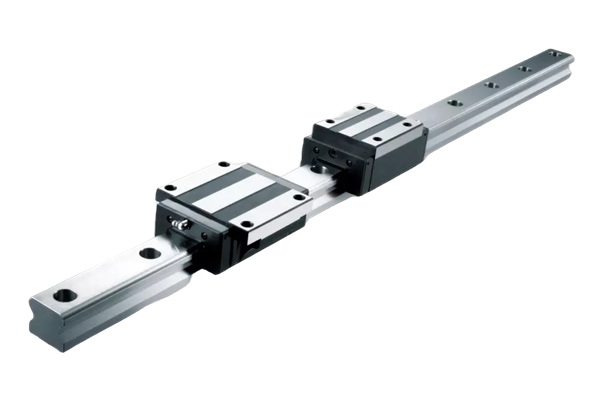
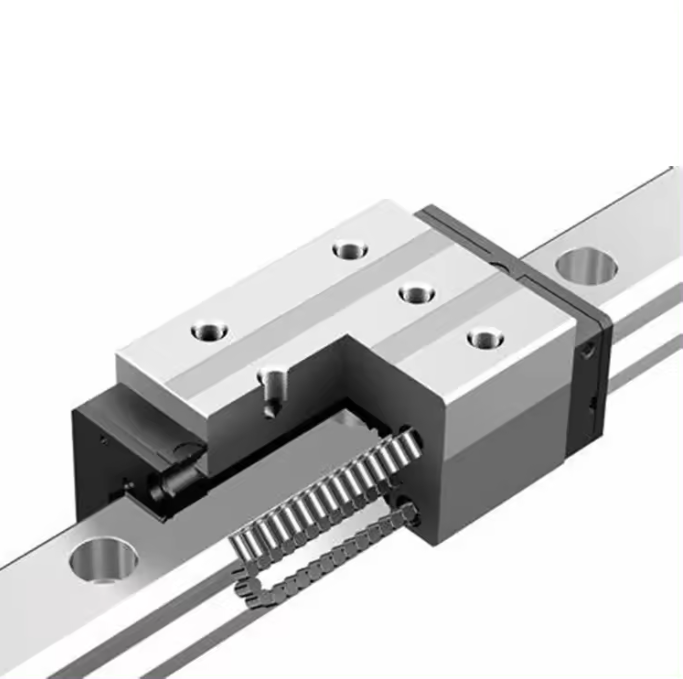
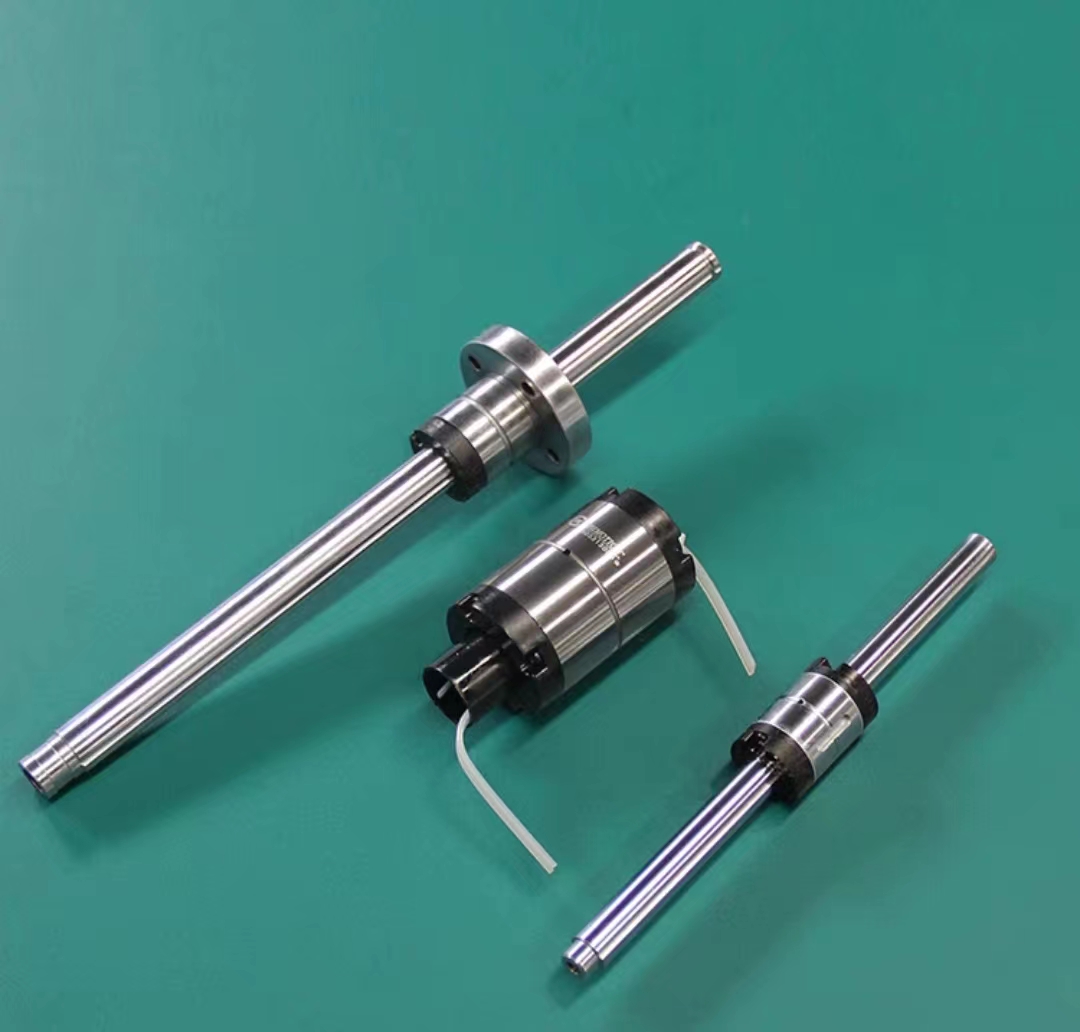
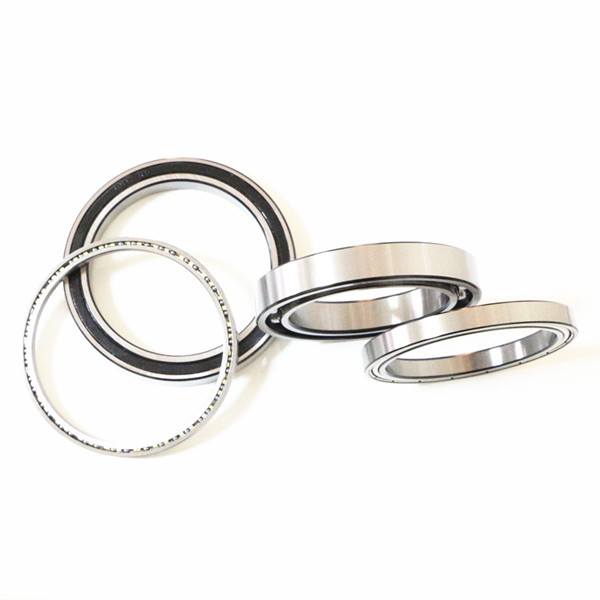
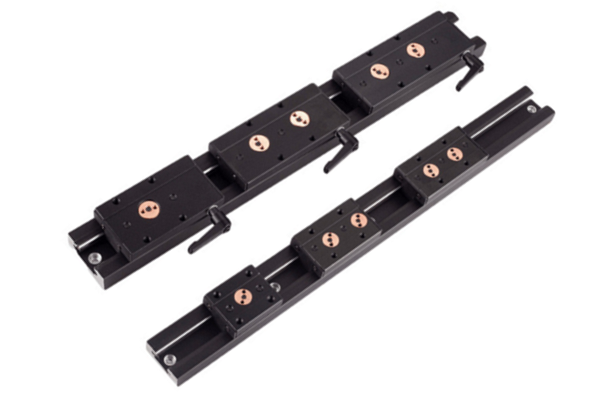
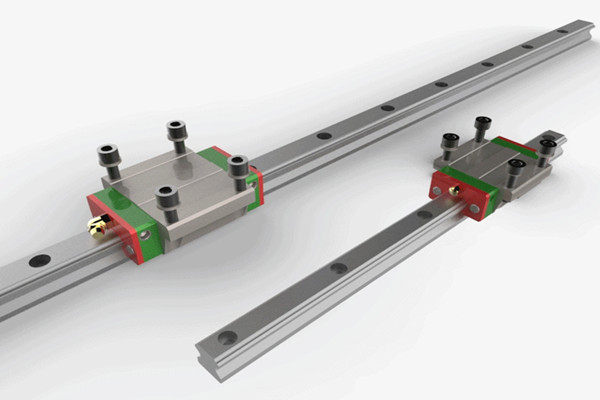
 trapezoidal screw
trapezoidal screw linear module
linear module